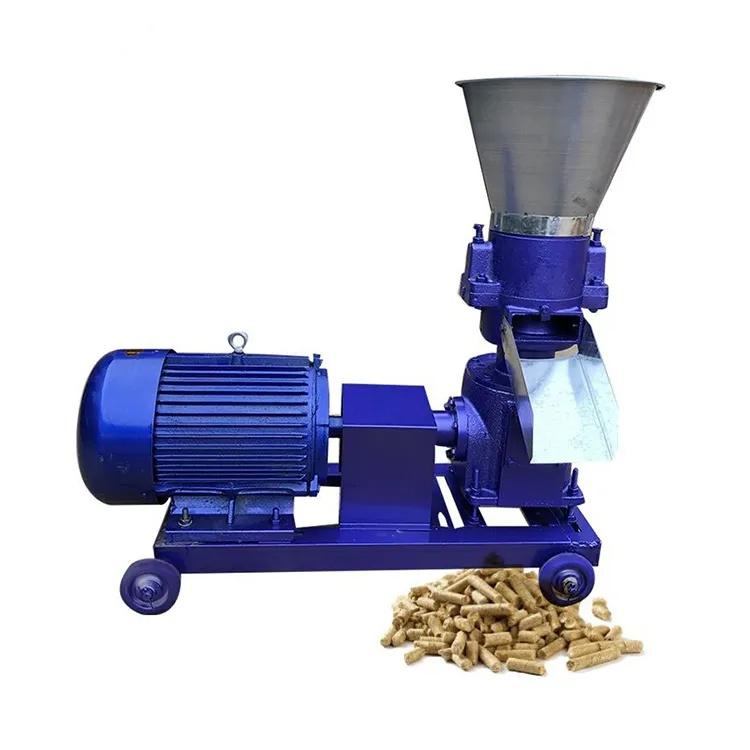Optimizing Feed Mill Mixers for Enhanced Efficiency and Consistency in Animal Nutrition
Oct . 13, 2024 09:59 Back to list
Optimizing Feed Mill Mixers for Enhanced Efficiency and Consistency in Animal Nutrition
The Importance of Feed Mill Mixers in Animal Nutrition
In the world of animal agriculture, the quality of feed plays a crucial role in the health and productivity of livestock. One of the central components of feed production is the feed mill mixer. These essential machines are responsible for blending various feed ingredients to create a uniform mixture that meets the nutritional needs of different animal species. This article will explore the importance of feed mill mixers, the types available, and their impact on animal nutrition and overall farm productivity.
Function of Feed Mill Mixers
Feed mill mixers are designed to ensure that all ingredients, whether they are grains, vitamins, minerals, or additives, are evenly distributed throughout the feed. Achieving a homogeneous mix is vital, as it allows livestock to receive consistent nutrition with each meal. Unevenly mixed feed can lead to deficiencies or excesses in certain nutrients, which can have detrimental effects on animal health, growth rates, and production levels.
There are several types of mixers used in feed mills, including horizontal, vertical, and paddle mixers. Each type has its advantages and typical applications. Horizontal mixers, for example, are often favored for their efficiency and ability to blend large volumes of feed quickly. Vertical mixers are generally more compact and may be more suitable for smaller operations. Paddle mixers are particularly effective for specific formulations, ensuring a thorough blend of dry and wet ingredients.
Technology Advancements
With the advancement of technology, feed mill mixers have evolved significantly. Modern mixers are equipped with automation features that enhance mixing efficiency and accuracy. For instance, many mixers now come with built-in scales to weigh ingredients precisely, ensuring the correct ratios are achieved every time. Additionally, feed mill mixers can be integrated into comprehensive feed manufacturing systems that monitor ingredient quality and moisture levels, leading to improved feed consistency.
feed mill mixers

Another important technological development is the use of software systems that manage the entire mixing process. These systems allow operators to customize feed formulations based on specific animal requirements, monitor the mixing time and consistency, and adjust parameters in real time. Such innovations not only improve feed quality but also streamline the overall production process, ultimately leading to cost savings for producers.
Impact on Animal Health and Farm Productivity
The implications of effective mixing are profound. Well-mixed feed ensures that livestock receive a balanced diet that meets their specific growth, health, and production needs. This is particularly important in commercial farming, where livestock face various stressors, including disease, environmental changes, and dietary fluctuations. When farmers provide consistent, high-quality feed, they are more likely to see improved feed conversion ratios, healthier animals, and higher yields in milk, meat, and eggs.
Moreover, consistent mixing contributes to animal welfare by preventing nutrient imbalances that could lead to health problems. Healthier animals are less prone to illnesses which, in return, reduces veterinary costs and improves overall profitability for the farm.
Conclusion
Feed mill mixers are a critical component in the production of high-quality animal feed. Their ability to provide uniform blends of feed ingredients significantly impacts animal health and farm productivity. As technology continues to advance, the efficiency and effectiveness of these mixers will only improve, enabling livestock producers to meet the growing demands for sustainable and nutritious animal products. Investing in a reliable and sophisticated feed mill mixer is therefore paramount for any producer aiming for success in the competitive field of animal agriculture.
-
Automatic Feeding Line System-Poultry Farming|Chicken Feeding&Watering
NewsJul.30,2025
-
Automatic Feeding Line System - Anping County Yize Metal Products Co., Ltd.|Pan Feeder Nipple Drinker,Broiler Farming
NewsJul.30,2025
-
Automatic Feeding Line System Pan Feeder Nipple Drinker-Anping County Yize Metal Products Co., Ltd.
NewsJul.30,2025
-
Automatic Feeding Line System-Anping County Yize Metal Products Co., Ltd.|Durable Construction&Easy Maintenance
NewsJul.30,2025
-
Automatic Feeding Line System-Anping County Yize Metal Products Co., Ltd.|Pan Feeder Nipple Drinker&Durable Poultry Farming Solution
NewsJul.30,2025
-
Automatic Feeding Line System Pan Feeder Nipple Drinker|Anping County Yize Metal Products Co., Ltd.
NewsJul.29,2025






